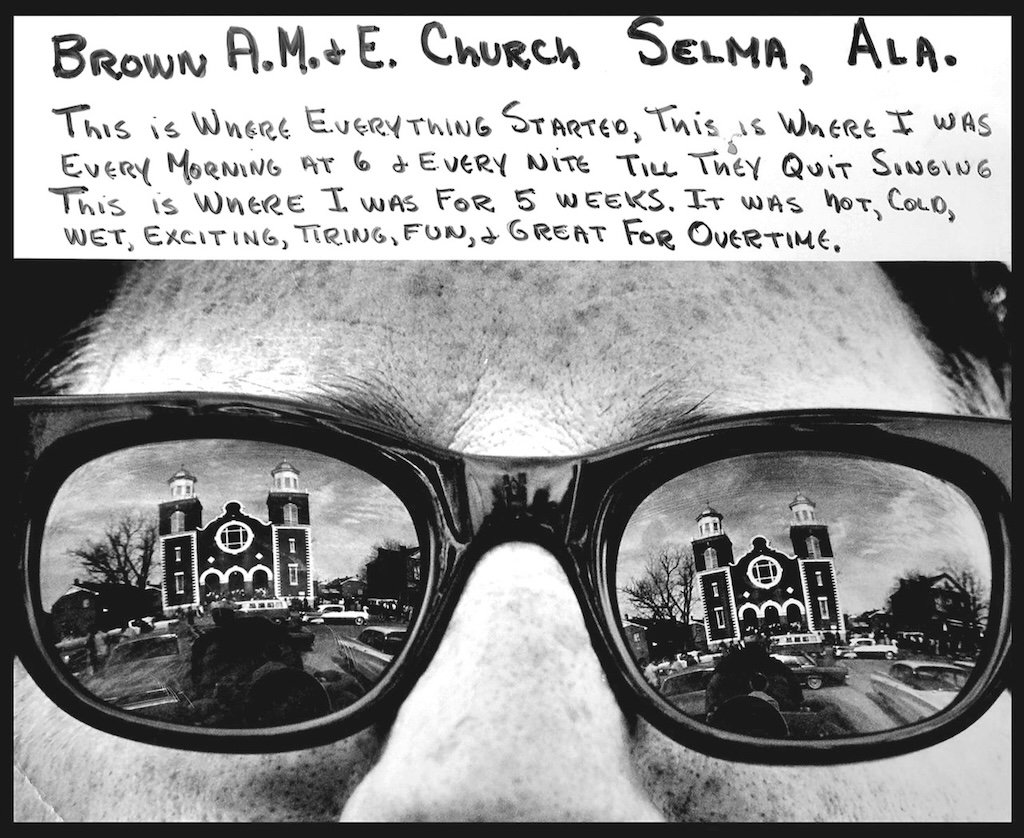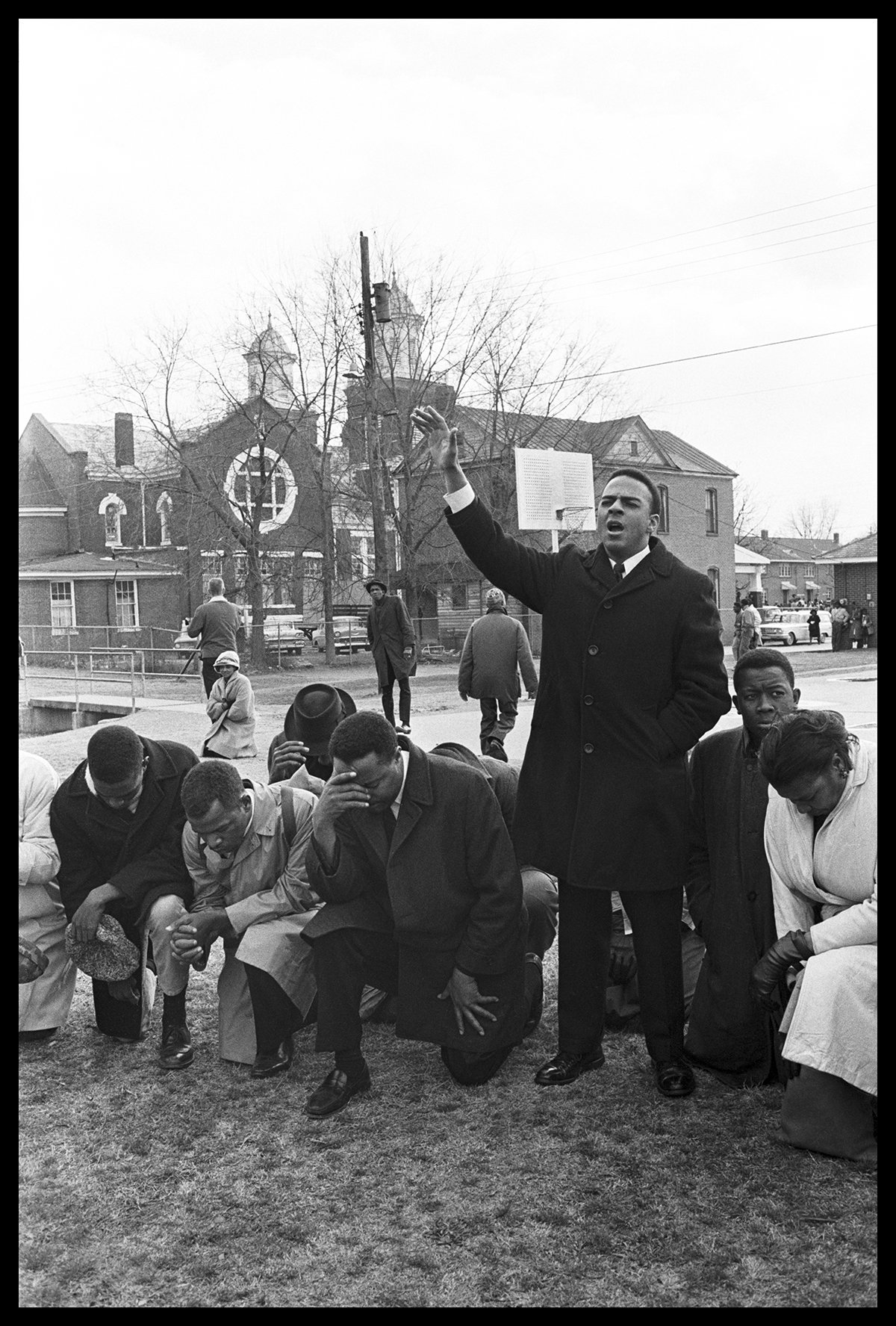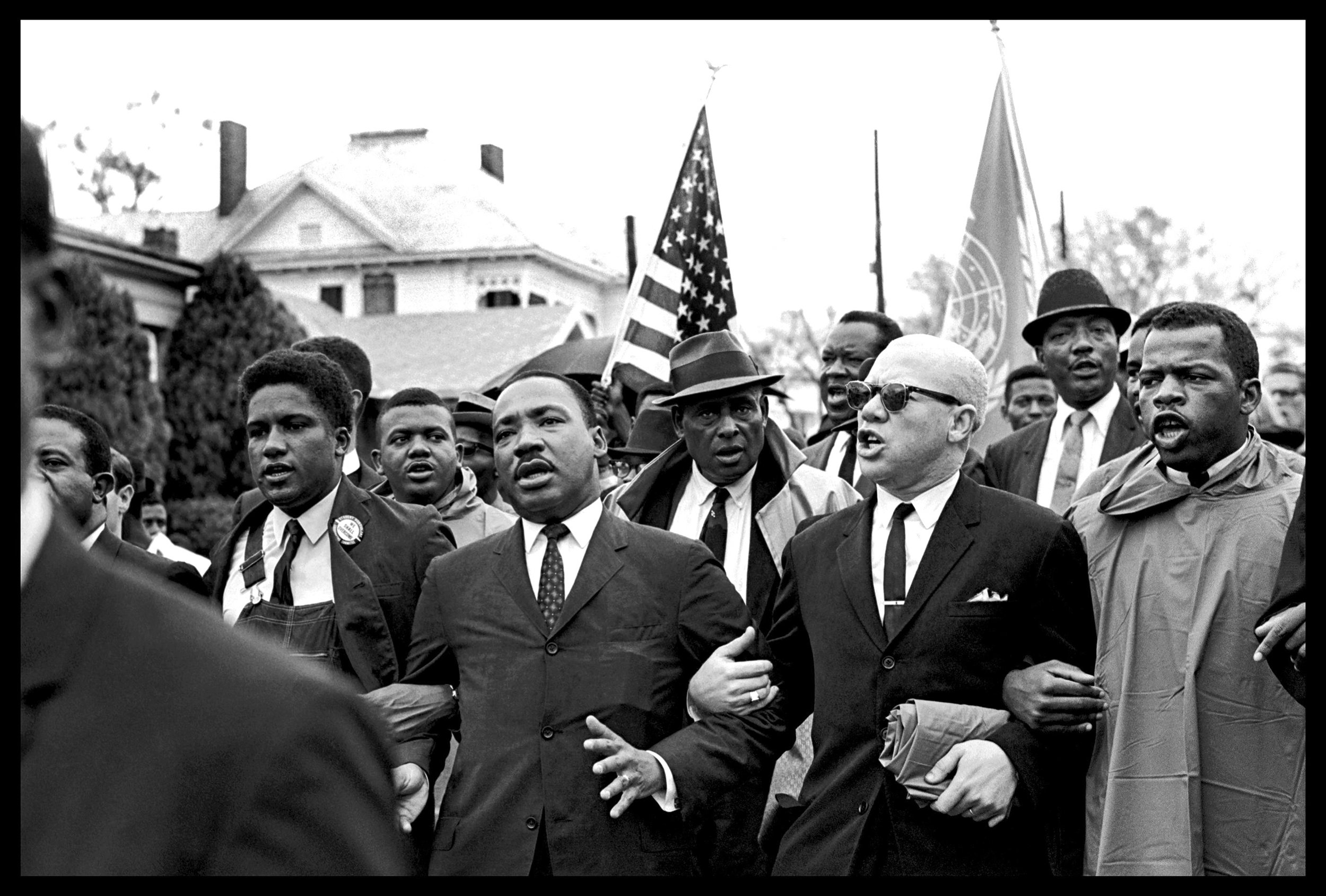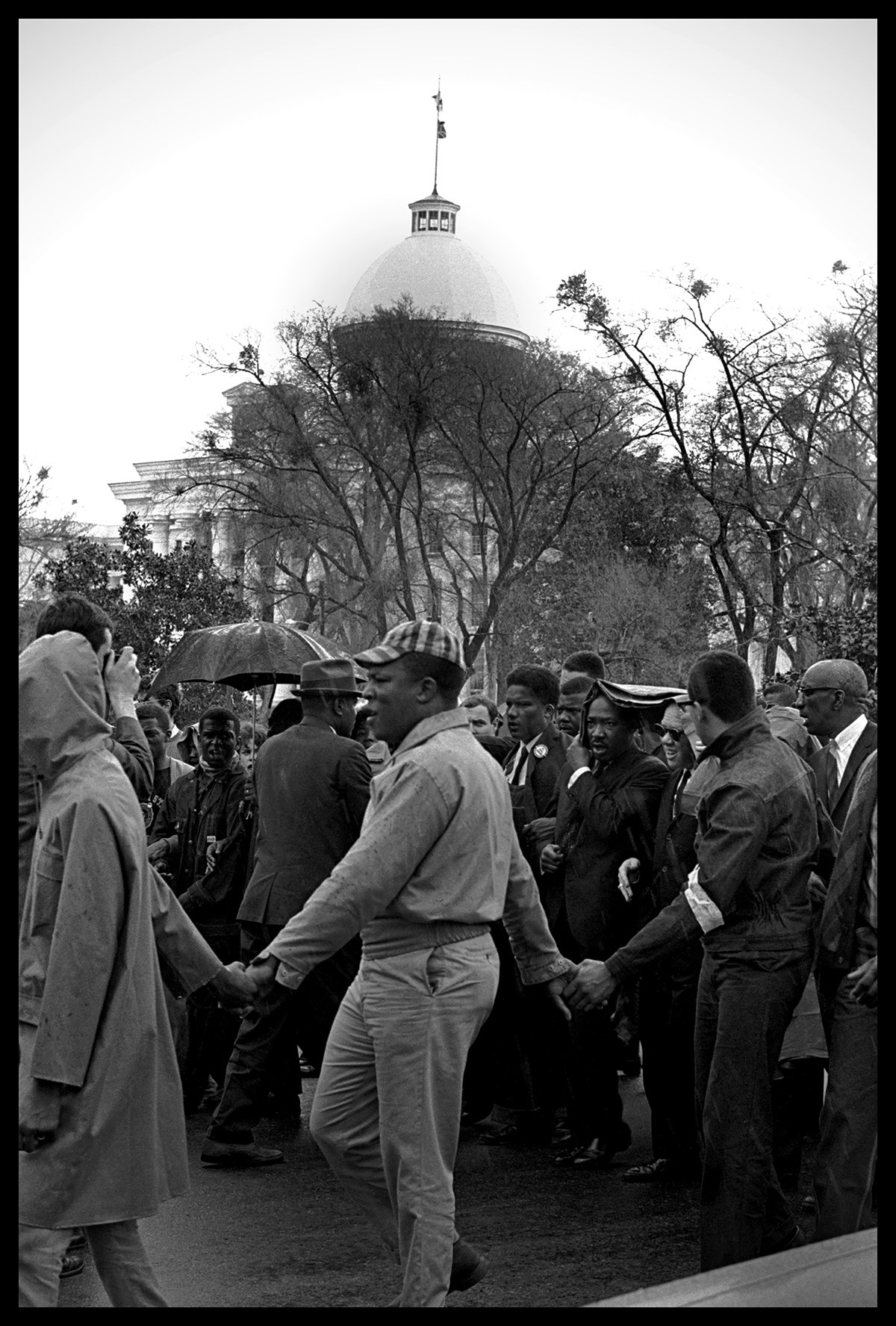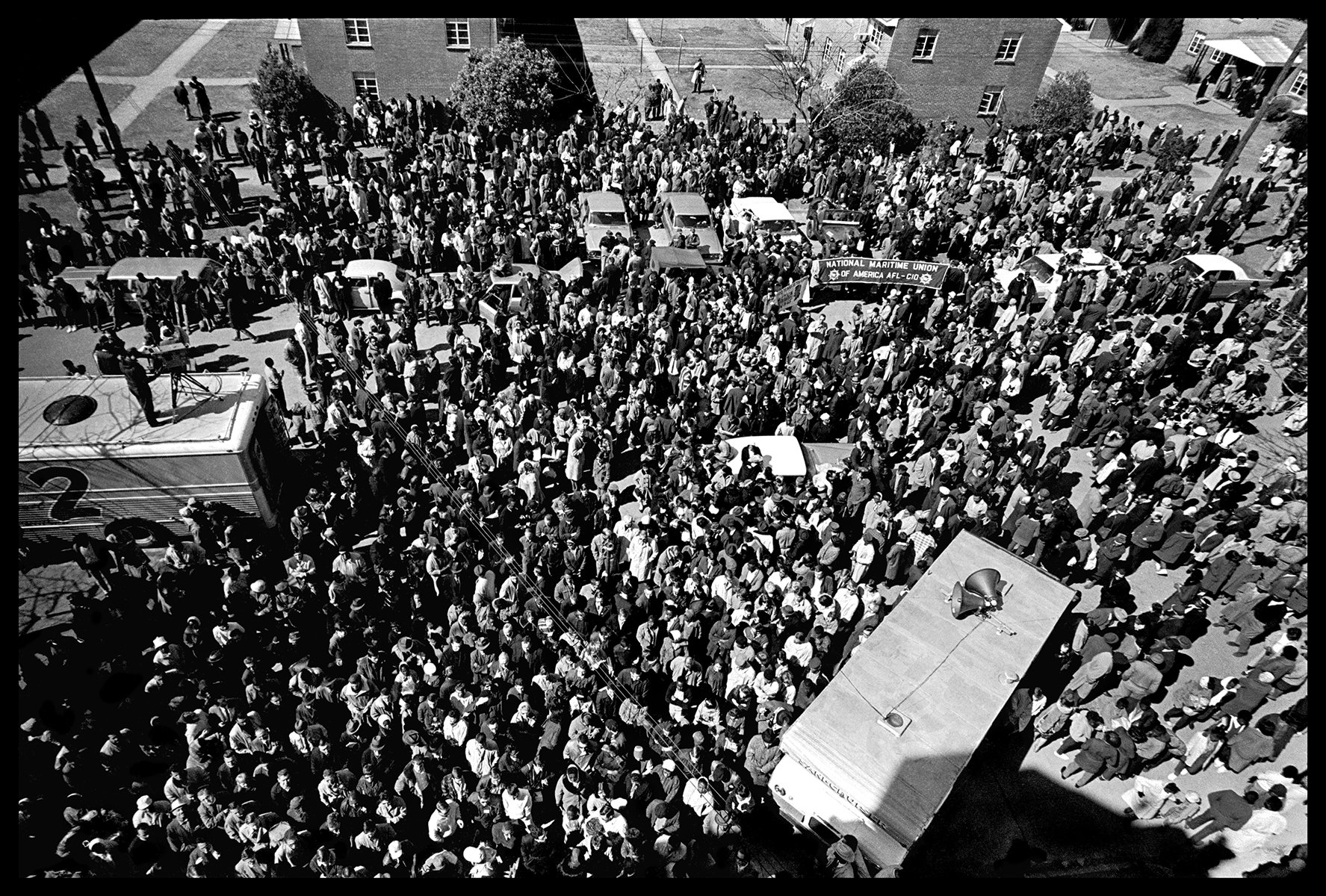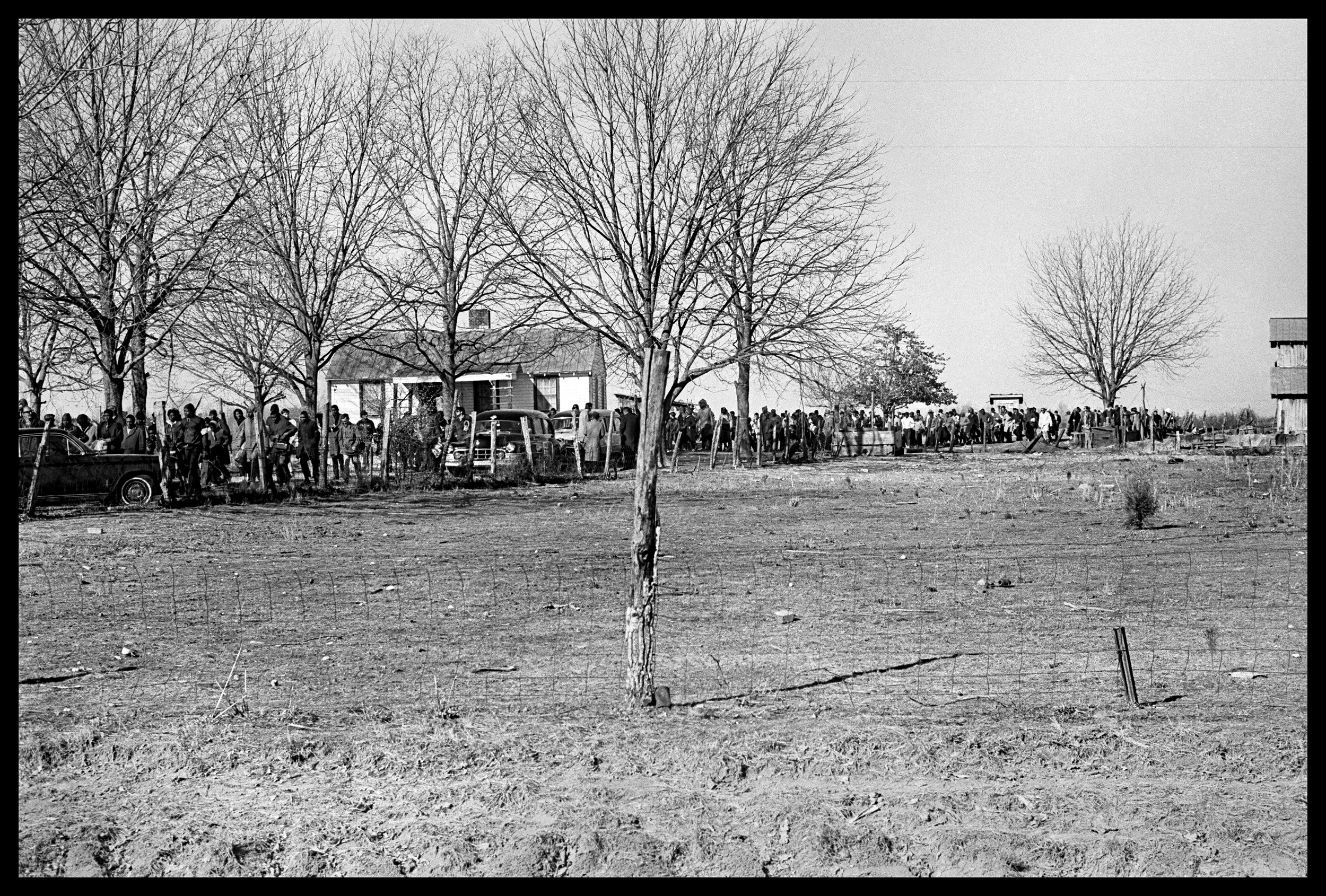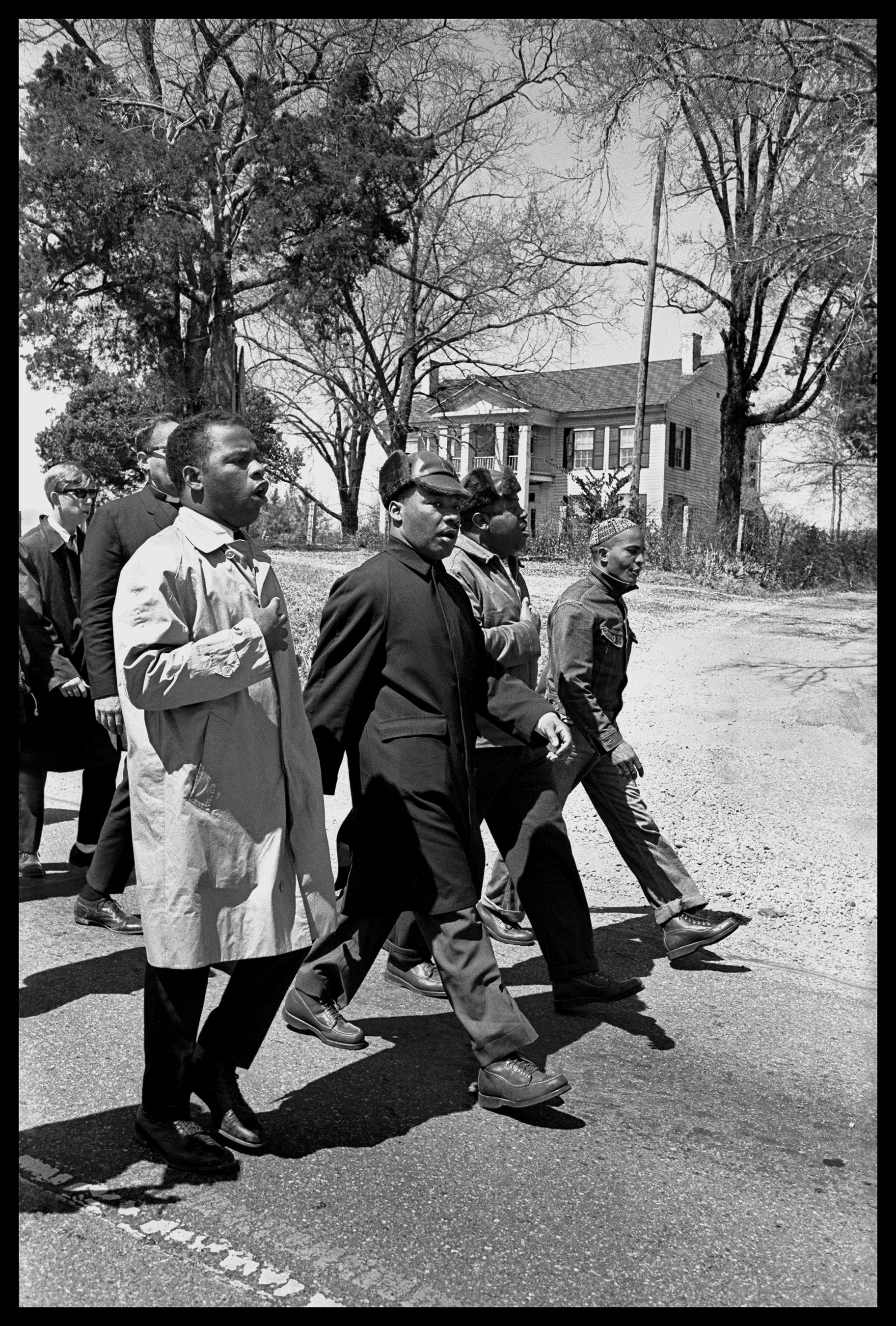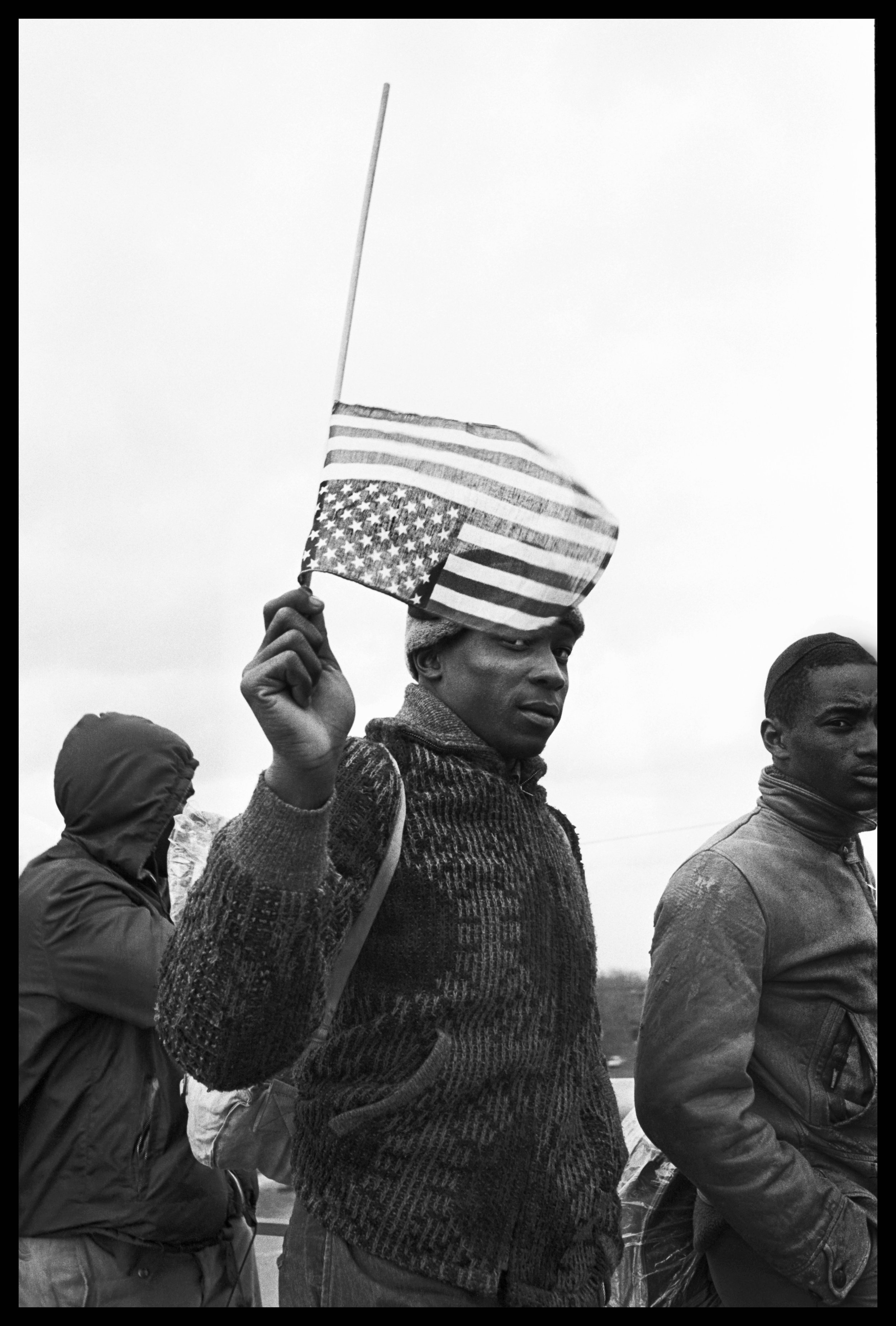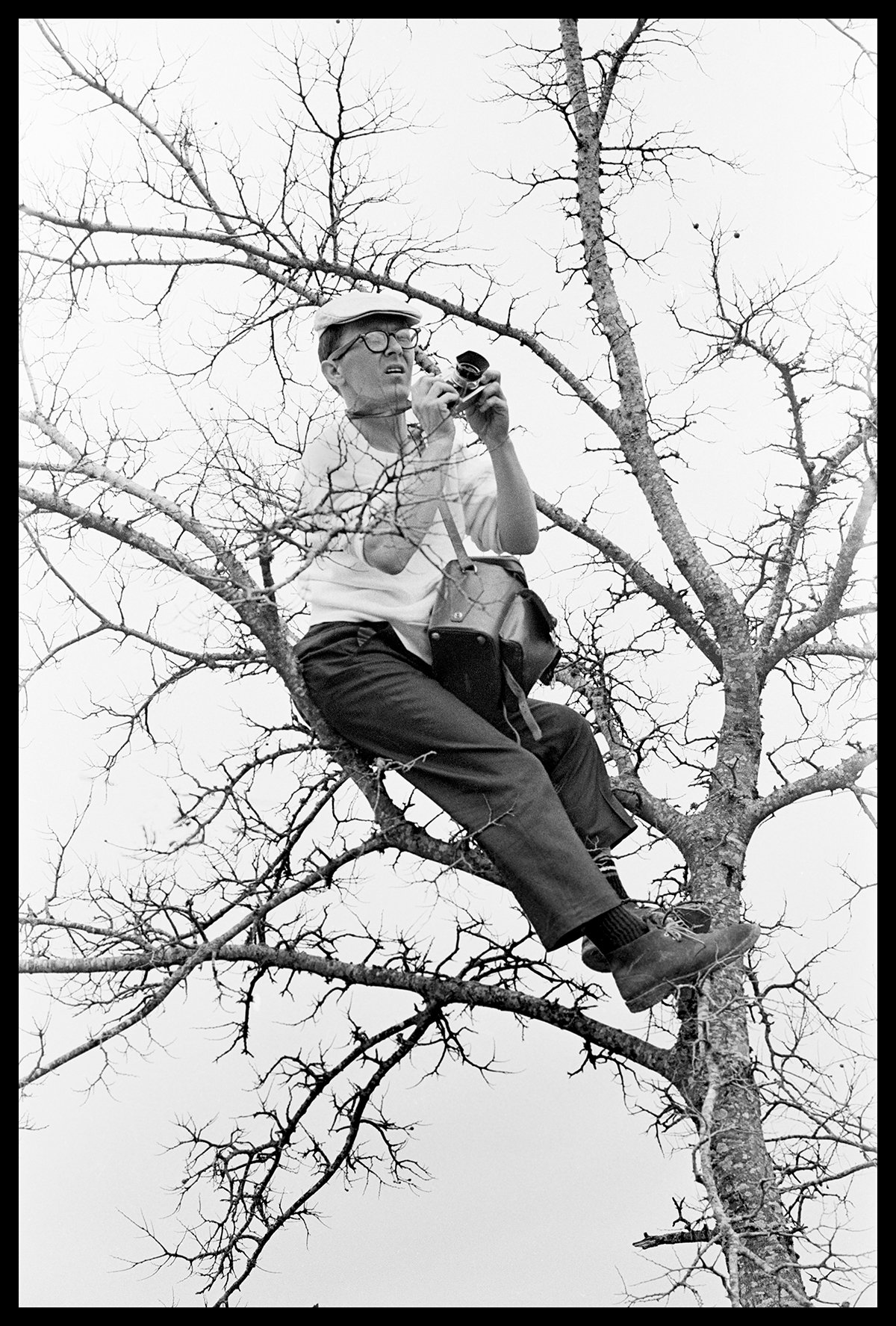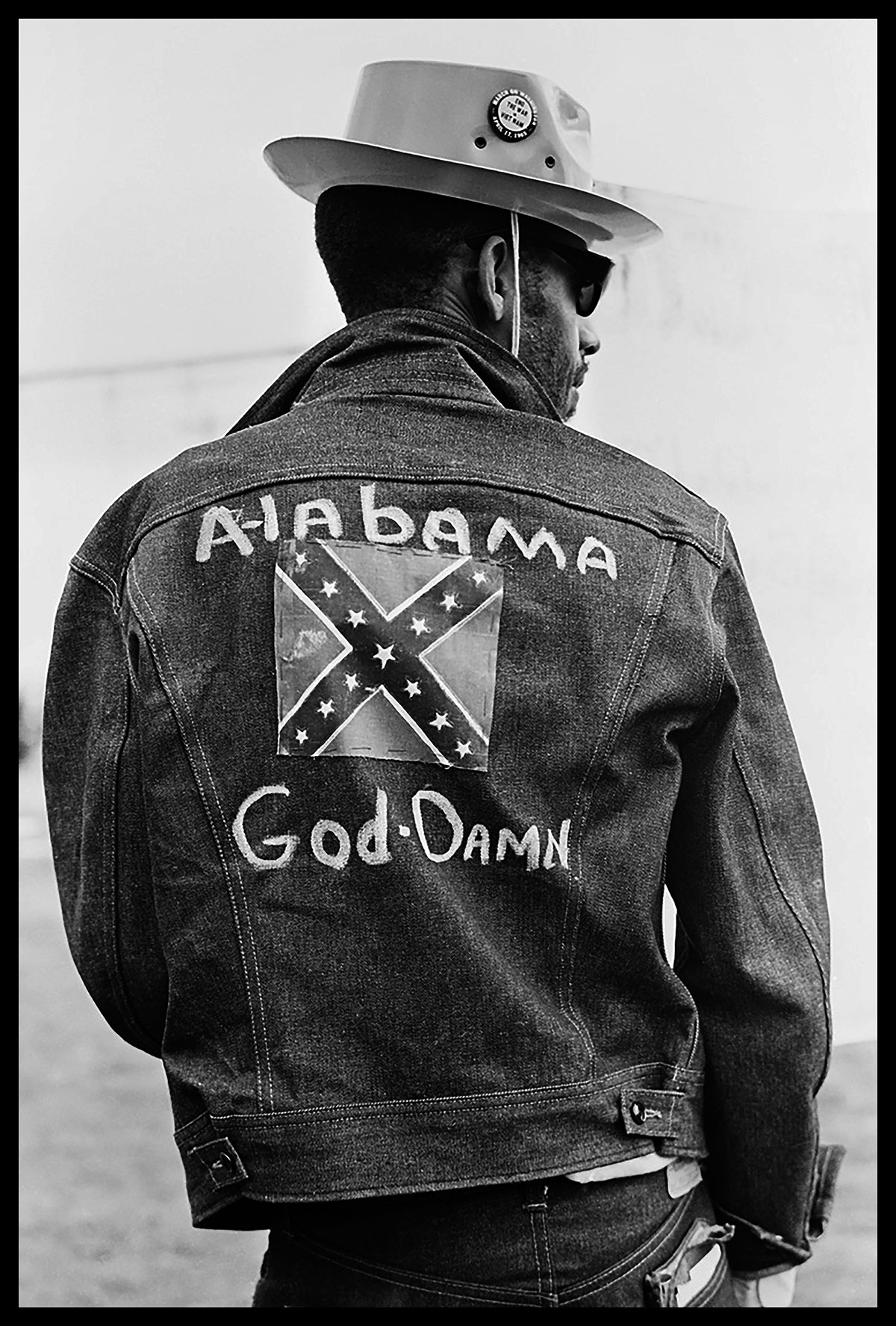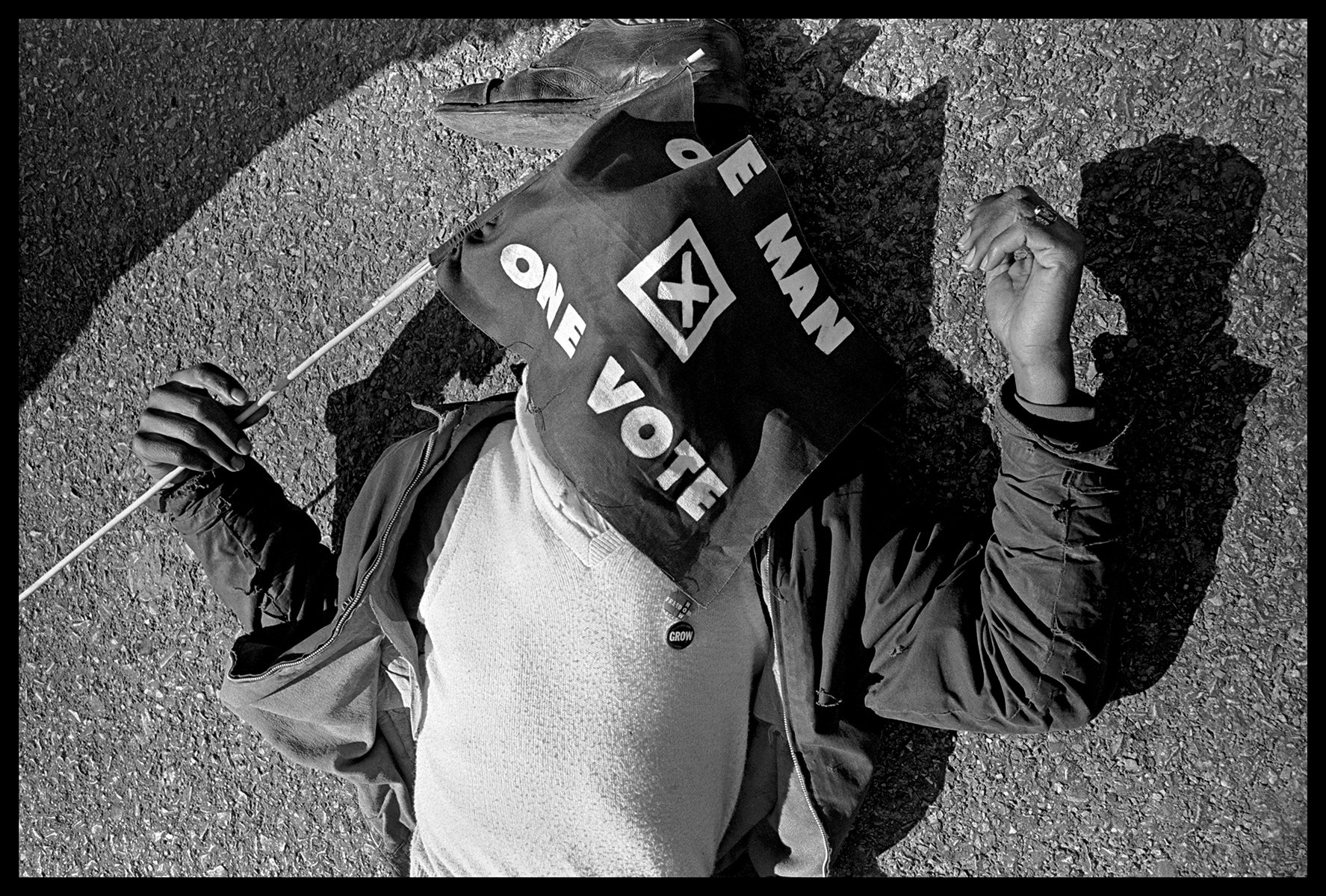The Rev. Hosea Williams, John Lewis, Albert Turner, Bob Mants, Charles Mauldin and other participants in the March for Voting Rights from Selma to Montgomery, Alabama were confronted by Alabama state troopers just after crossing the Edmund Pettus Bridge outside Selma on Bloody Sunday, March 7, 1965. March participants were ordered to disperse, then were almost immediately attacked by state troopers and horsemen armed with clubs and tear-gas, assaulting the protestors who fled back to Selma. Spider Martin’s most iconic image is known as “Two Minute Warning.”
